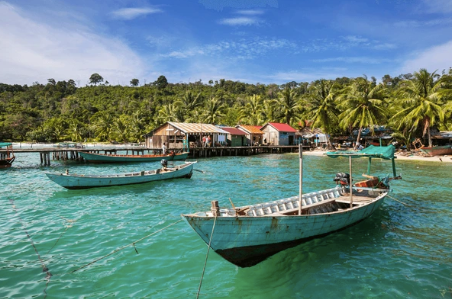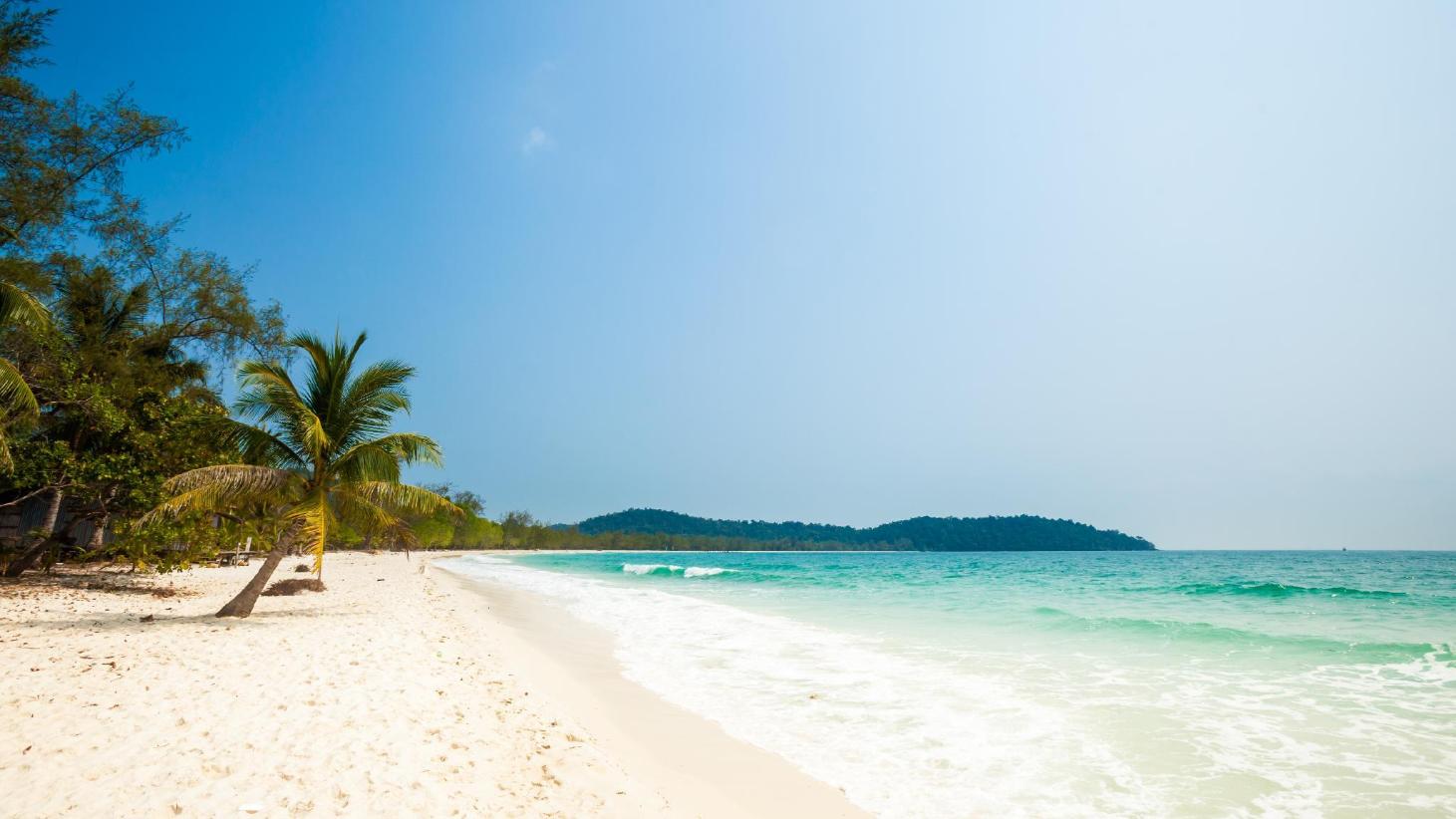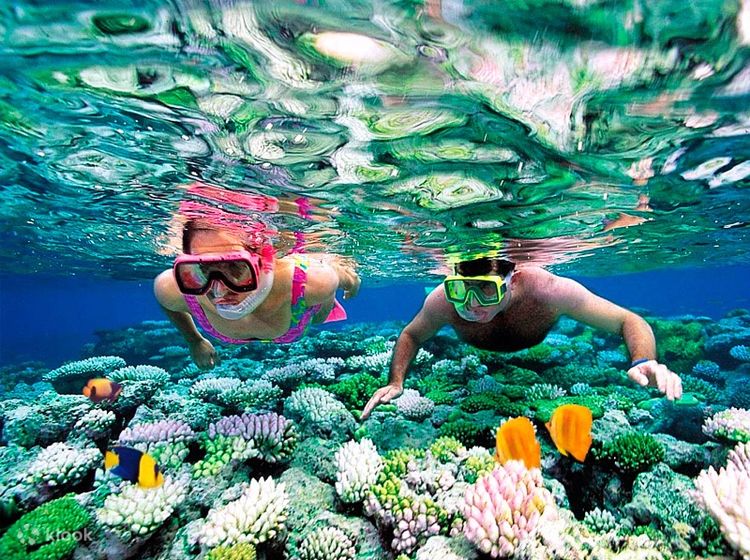About Koh Rong
Koh Rong (Khmer: កោះរ៉ុង) is the second largest island of Cambodia. The word Rong might refer to an old term for "cave" or "tunnel" (Khmer: រូង), although some islanders say Rong refers to me. It can also refer to the Old Khmer word for shelter, adding up to Shelter Island.
Located in Preah Sihanouk province in the kingdom of Cambodia about 25 km (16 mi), the island has an area of approximately 78 km2 (30 sq mi) and 43 km (27 mi) of its entire coastline of 61 km (38 mi) are beaches. Four village communities exist on the island: Koh Tuich, Doeum D'keuw, Prek Svay and Sok San. In recent years the island has become home to an increasing but still moderate number of foreign-run guesthouses and bungalow resorts. As the island's South-Eastern tip around Koh Tuich Village is the point of arrival it has developed into the island's largest settlement center. In absence of even the most basic infrastructure, transport by boat is required to all settlements and holiday resorts, which are scattered over the many beaches.
Images of Koh Rong



More Information
Koh Rong is the biggest of the islands off the coast of Sihanoukville in the Gulf of Thailand. It stretches from south-east to north-west, is roughly elongate shaped and it encompasses an area of 78 km2 (30 sq mi). The terrain is predominantly hilly with a sizable mountain 316 m (1,037 ft) at the islands north-west. The hills provide water for countless creeks and estuaries. The islands interior is almost completely forested, concealing a number of seasonal waterfalls. Koh Rong has around 43 km (27 mi) of delicate beaches. There are no less than 23 beaches of varying length and coloration—from (predominantly) white to beige to rose-colored sands—along most of the coastline. Bays, protruding capes and impressive sandstone rock formations contribute to the island's scenic panorama. The southern coastline, exposed to the weather and open sea, is particularly spectacular, whereas the eastern coast, which faces towards the land, is characterized by a sequence of smooth hills, gently sloping towards the numerous crescent-shaped beaches, inlets and bays. Several small islets and many reefs provide an abundance of natural environments for a great variety of marine life. The center of the island is a flat "belt" of sediments that joins the two hilly massifs of the south-east and north-west. Here is a small savanna—the result of human activities and cultivation.